2011 Visiting Speakers
Here are a few of our guest speakers from Mathcamp 2011:
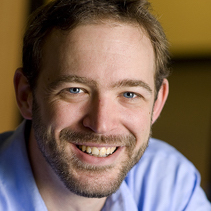
Allan Adams (MIT)
Allan Adams works on quantum versions of algebraic and differential geometry that play a fundamental role in string theory, and uses black holes in 5 spacetime dimensions to study high-temperature superconductors in the usual 4. He believes that everyone should understand quantum mechanics - which is as beautiful and strange as it is true - and looks forward to discussing it at Mathcamp. Visit Allan's website.
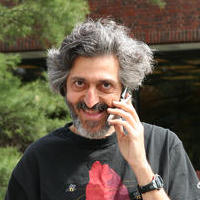
Avi Wigderson (School of Mathematics, Institute for Advanced Study)
Avi Wigderson studies Computational Complexity Theory, the mathematical foundations of computer science. This field tries to understand questions like "is multiplication harder than addition?" and "is discovery harder than verification?" (the latter is the famous "P vs. NP problem"). Favorite result: a "zero-knowledge" proof of every theorem. Visit Avi's website.
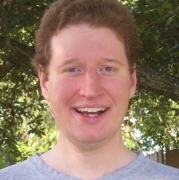
Jim Belk (Bard College)
Jim Belk is a professor of mathematics at Bard College. He works in the areas of topology, geometry, group theory, and dynamical systems. He is fascinated by the connections between group theory and fractal geometry, and he looks forward to exploring these connections with the participants at MathCamp. Visit Jim's website.
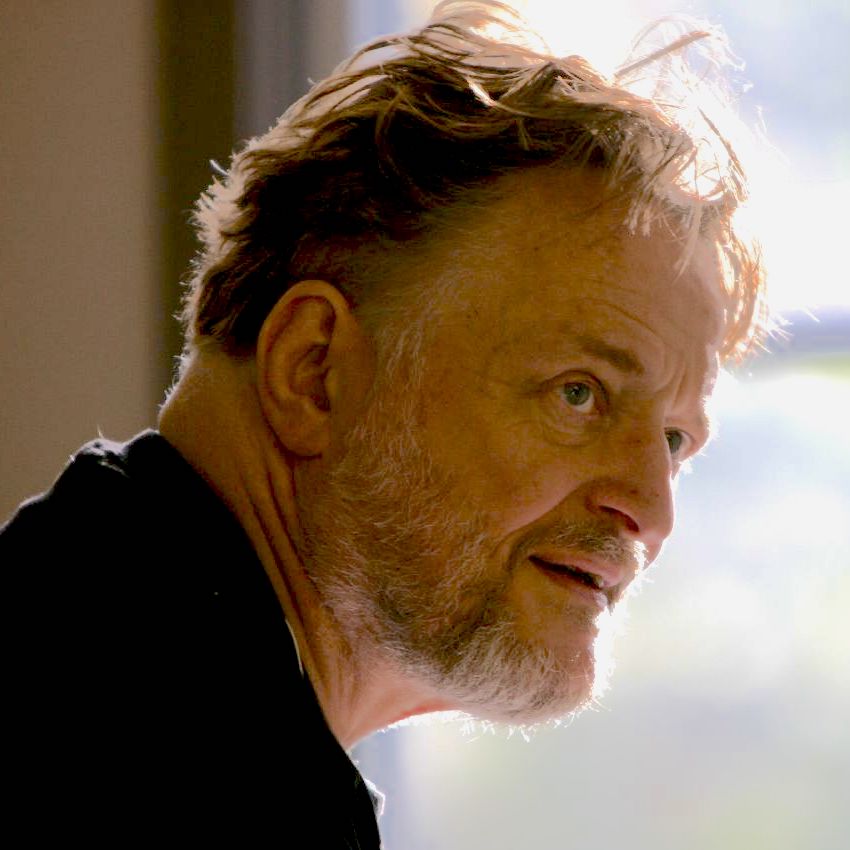
John Conway (Princeton University)
One of the most creative thinkers of our time, John Conway is known for his ground-breaking contributions to such diverse fields as knot theory, geometry of high dimensions, group theory, transfinite arithmetic, and the theory of mathematical games. Outside the mathematical community, he is perhaps best known as the inventor of the "Game of Life."
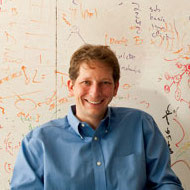
Josh Tenenbaum (MIT)
Josh Tenenbaum is a professor of cognitive science and a member of the MIT Computer Science and Artificial Intelligence Lab (CSAIL). In his research, he builds mathematical models of human and machine learning, reasoning, and perception. His interests also include neural networks, information theory, and statistical inference. Visit Josh's website.
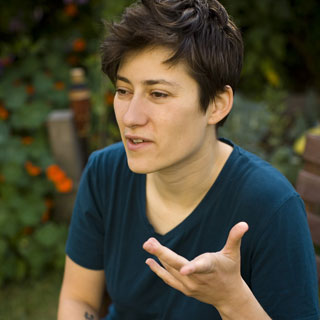
Moon Duchin (University of Michigan)
Moon Duchin works in geometric topology and geometric group theory. She particularly looks at the large-scale geometric structure of groups and unusual metric spaces. One recurring theme is taming the geometric infinite by either attaching a "boundary at infinity" to a space you want to study, or else approaching it dynamically by understanding what happens after you flow or jump around in your space for a really long time. She's also actively interested in history, philosophy, and cultural studies of science. Visit Moon's website.
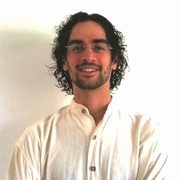
Noah Goodman (Stanford)
Noah Goodman works on the mathematical basis of human and machine intelligence. After three years as a Mathcamp mentor, a Ph.D. in geometric topology, and a stint as a real estate developer, he found his calling in computational cognitive science. He is now (to his surprise) a professor of psychology and computer science at Stanford University. Visit Noah's website.
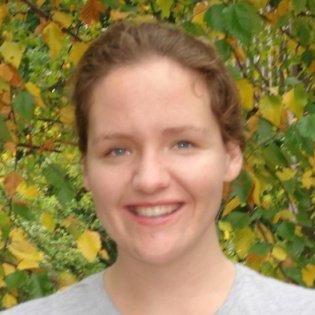
Sarah Koch (Harvard)
Sarah Koch is a postdoc at Harvard University. She has two PhDs in Mathematics: one from Cornell, and one from the Université de Provence in France. She loves to look at pictures of the beautiful fractals that emerge from her study of complex dynamical systems. She also studies connections of group theory to Teichmüller theory and topology; in particular, she is quite fond of classifying twisted rabbits. She looks forward to exploring fractal geometry and self-similar groups with the MathCamp participants this summer. Visit Sarah's website.





